



India, the world’s largest milk producer, faces a green fodder deficit of 11–32%, threatening livestock productivity and rural livelihoods. Challenges include shrinking pastures, climate variability, poor seed quality, and rising input costs. Government initiatives like the National Livestock Mission, Rashtriya Gokul Mission, and National Dairy Plan, along with climate-resilient crops, silage, hydroponics, and AI-based planning, aim to ensure year-round fodder availability. A Green Fodder Revolution is vital for nutritional security, dairy productivity, and national food security.
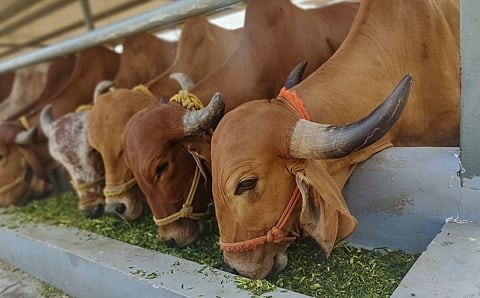
Copyright infringement not intended
Picture Courtesy: Down to Earth
India, the world’s largest milk producer with nearly 24% of global milk output, is facing a serious fodder and feed shortage that threatens its dairy sector’s sustainability. Despite this leadership, the average milk yield per animal remains much lower than global standards, mainly due to poor livestock nutrition.
|
State |
Green Fodder Deficit* |
Dry Fodder Deficit* |
Source |
|
Uttar Pradesh |
~ 23.6% |
~ 30.4% |
(Source: ResearchGate) |
|
Gujarat |
up to ~ 36% |
up to ~ 23% |
(Source: spuvvn.edu) |
|
Maharashtra |
~ 59% |
~ 31% |
(Source: Department of Fisheries) |
Fodder refers to food given to domesticated livestock, especially cattle, buffaloes, sheep, and goats. It includes cultivated or naturally grown plants that are cut and fed to animals, unlike grazing where animals feed directly on pastures.
Green Fodder
Dry Fodder
Concentrated Feed
|
Period/Year |
Focus Area |
Major Policy/Initiative |
Key Impact/Outcome |
Source |
|
Pre-1950 |
Traditional livestock feeding |
Community pastures, crop residues |
Unorganized grazing; low productivity |
IGFRI Archives |
|
1950–1970 |
Foundational stage of fodder development |
Central Fodder Development Scheme (CFDS); Grassland Management under 2nd Five-Year Plan |
Initial efforts to improve fodder seed and pasture productivity |
dahd.gov.in |
|
1970–1990 |
Dairy–fodder linkage |
Operation Flood (NDDB); Establishment of IGFRI (1962) |
Boosted milk output, promoted high-yield fodder crops (Napier, Berseem) |
nddb.coop |
|
1990–2010 |
Research & diversification |
ICAR Fodder Mission, Seed Production Programs, inclusion of fodder in cropping systems |
Introduction of multi-cut, drought-tolerant varieties; focus on feed balance |
icar.org.in |
|
2014–2020 |
Climate-smart fodder strategies |
National Livestock Mission (NLM), Rashtriya Gokul Mission |
Boosted fodder banks, seed hubs, and extension for dairy farmers |
agricoop.nic.in |
|
2020–2025 |
Tech-based fodder management |
AI-based forecasting, hydroponic fodder, Amrit Kaal Vision 2047 |
Improved productivity, resilience, and planning; deficit narrowed to ~11.24% |
desagri.gov.in |
|
Scheme/Initiative |
Objective/Focus Area |
Key Measures/Features |
Impact/Outcome |
Source |
|
National Livestock Mission (NLM, 2014–ongoing) |
Fodder production & feed security |
Sub-mission on feed & fodder development; financial support for fodder cultivation, seed hubs, and fodder banks |
Boosted fodder seed availability and awareness at village level |
agricoop.nic.in |
|
Rashtriya Gokul Mission (RGM, 2014) |
Genetic improvement & nutrition of cattle |
Supports integrated livestock management including fodder cultivation, silage units, and hydroponic systems |
Improved feed efficiency and milk yield |
dahd.gov.in |
|
National Dairy Plan (Phase I & II, NDDB) |
Strengthening the dairy sector |
Promotes fodder seed production, high-yielding varieties (CO-4 Napier, African maize) |
Enhanced fodder productivity & reduced feed gap in dairy states |
nddb.coop |
|
Fodder Seed Production Programme (ICAR–IGFRI) |
Research and innovation |
Development of drought-tolerant, multi-cut varieties of sorghum, maize, and napier |
Improved resilience to climate variability |
icar.org.in |
|
National Fodder Development Programme (NFDP) |
Coordinated fodder planning |
Financial aid for pasture development, silage pits, and seed distribution |
Expansion of cultivated fodder area |
dahd.gov.in |
|
Digital & AI-based initiatives (2020s) |
Data-driven fodder management |
Use of remote sensing and AI forecasting to map fodder-deficit regions |
Better planning and targeted policy interventions |
pib.gov.in |
Source: Down to Earth
|
Practice Question Q. “India’s dairy sector faces a persistent fodder deficit, impacting livestock productivity, rural livelihoods, and food security. Critically examine (250 words) |
Green fodder refers to fresh plant material fed to livestock, such as maize, berseem, sorghum, Napier grass, and lucerne, which is rich in protein, moisture, and vitamins.
It ensures nutritional security for livestock, directly influencing milk yield, fertility, immunity, and thereby supporting rural livelihoods and food security.
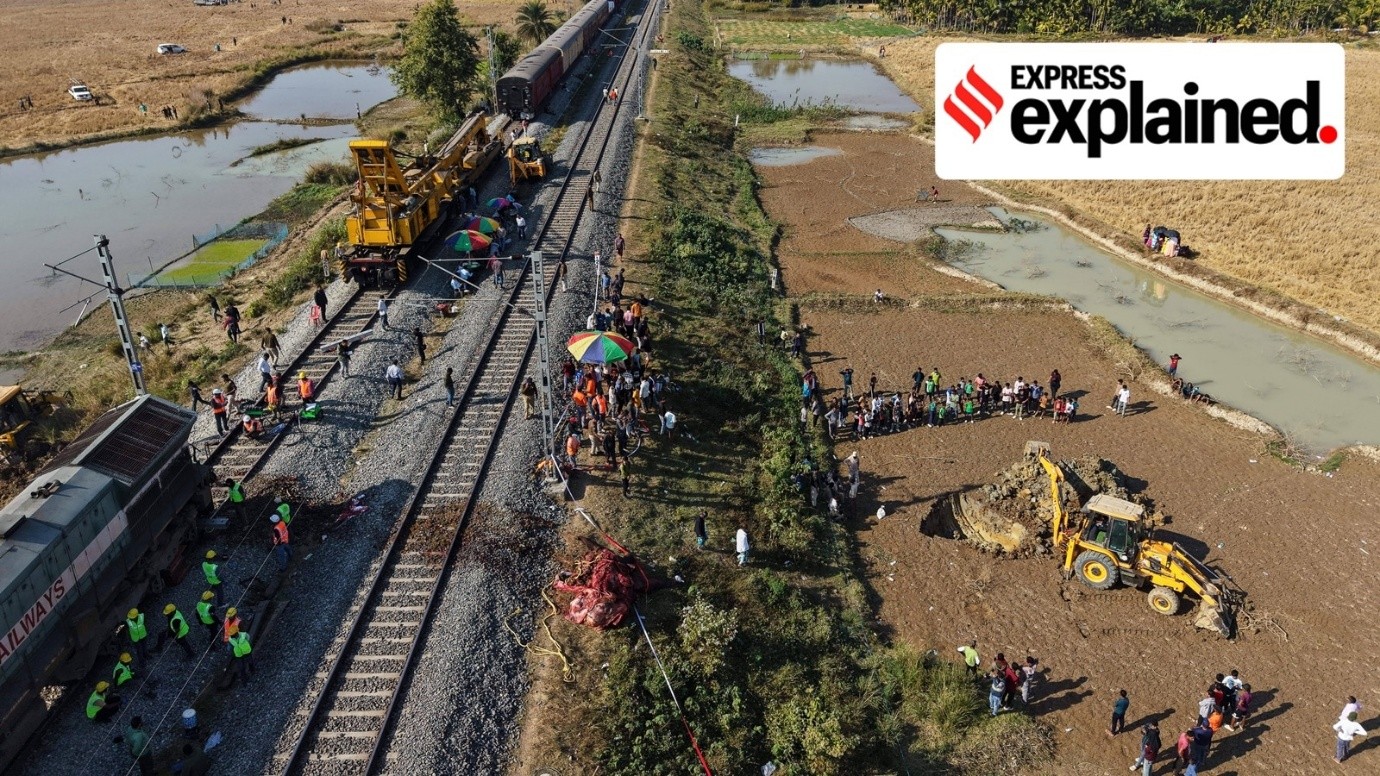
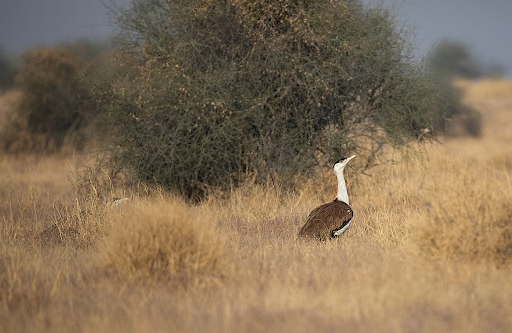
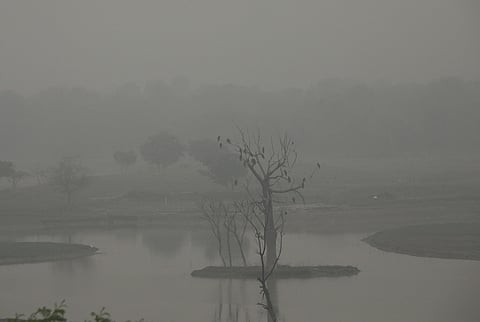

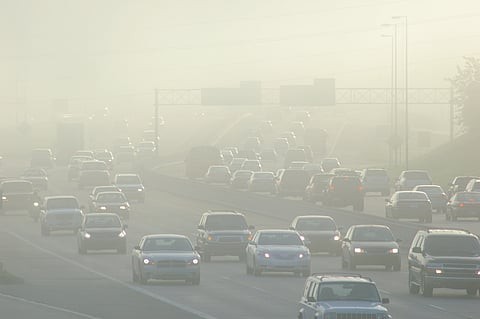
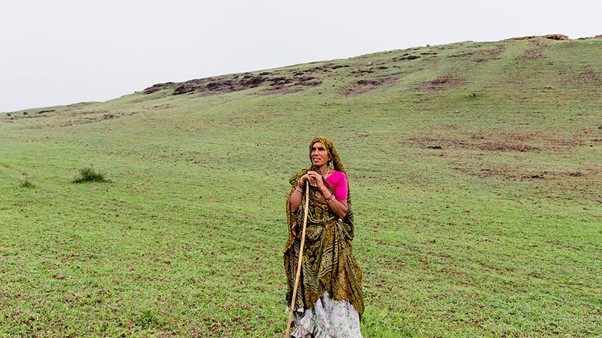

© 2025 iasgyan. All right reserved